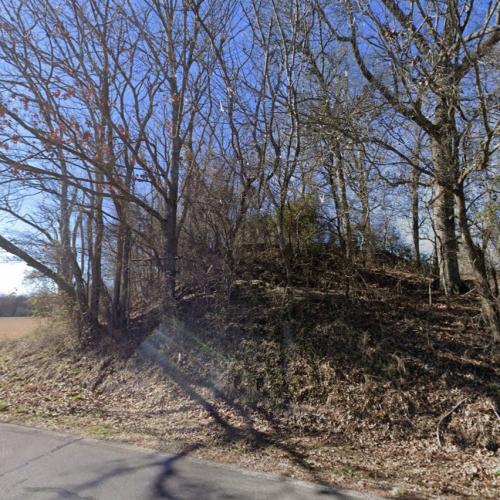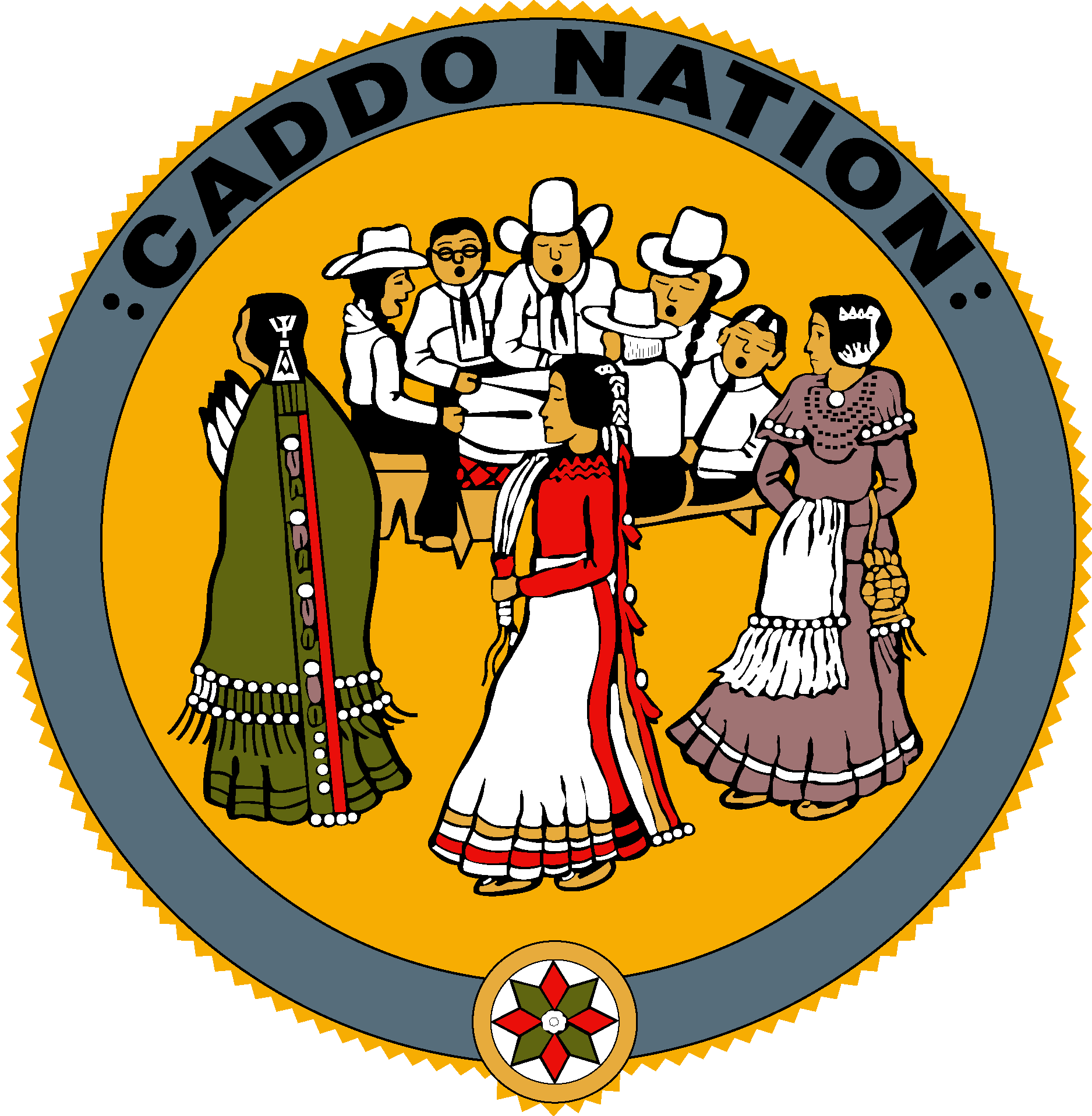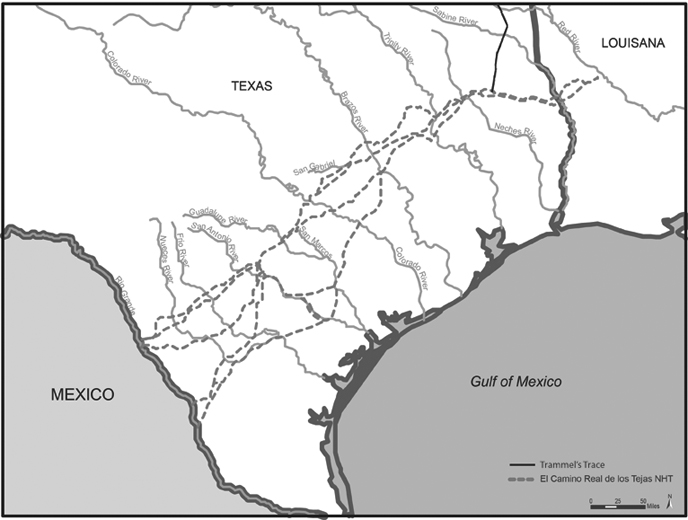
Here is a 1200-word article suitable for a travel blog, reviewing locations related to Caddo Nation ancient mound sites, with an emphasis on the idea of "maps" – both ancient layouts and modern exploration.
>
Unearthing Giants: Tracing the Caddo Nation’s Ancient Mound Sites Through Their Maps
Imagine a civilization that thrived for centuries, shaping the landscape with monumental earthworks, cultivating vast fields, and establishing intricate trade networks across a sprawling territory. Their legacy, often overlooked in the broader narrative of American history, lies etched into the very soil of what is now the American South. We’re talking about the Caddo Nation, a people whose ancient mound sites offer a profound journey back in time, a tangible connection to a powerful and sophisticated pre-Columbian culture.

For the intrepid traveler with a passion for history, archaeology, and immersive cultural experiences, exploring these Caddoan sites is more than just a sightseeing trip; it’s an expedition into the heart of an enduring legacy. And to truly appreciate the scale and complexity of their world, we often find ourselves relying on maps – ancient layouts painstakingly revealed by archaeologists, and modern guides helping us navigate the whispers of the past.
The Great Caddoan Sphere: A Landscape of Ancient Power
The Caddo Nation’s ancestral lands spanned a vast area encompassing parts of present-day Louisiana, Arkansas, Oklahoma, and Texas. This region, often called the "Caddoan Archaeological Area," was home to a mosaic of related Caddoan-speaking groups, all sharing a common cultural heritage characterized by distinct pottery, agricultural practices, and, most notably, the construction of elaborate earthen mounds. These mounds, often pyramidal or conical in shape, served a variety of purposes: foundations for temples and elite residences, burial sites for revered ancestors, and markers of ceremonial plazas where communities gathered.
To truly grasp the significance of these sites, one must understand that these were not random piles of dirt. They were meticulously planned, often aligned with celestial events, and constructed over generations by organized communities. They represent an ancient form of mapping, a way of imprinting their cosmology, social structure, and power onto the very land they inhabited. Archaeological maps, drawn from meticulous surveys and excavations, are our modern Rosetta Stone, translating the silent language of these earthworks into comprehensible patterns of life, death, and ceremony.

Caddo Mounds State Historic Site: A Texan Portal to the Past
Our journey into the Caddoan world often begins at Caddo Mounds State Historic Site, located near Alto, Texas. This site, maintained by the Texas Historical Commission in partnership with the Caddo Nation of Oklahoma, is arguably the most accessible and interpretively rich Caddoan site for the general public. It’s a perfect example of how modern mapping and interpretation bring ancient layouts to life.
Upon arrival, the visitor center immediately provides context. Here, detailed exhibits showcase Caddoan pottery, tools, and the results of archaeological investigations. Crucially, large-scale maps and diagrams illustrate the site’s layout as it would have appeared around 800-1300 CE, revealing the sophisticated planning behind the ceremonial center. You’ll see the arrangement of the three main mounds – two large earthen temple mounds and a smaller burial mound – positioned around a central plaza. These maps are essential, preparing you for what you’re about to witness in person.
Stepping out onto the grounds, the scale becomes palpable. A well-maintained trail system, itself a form of mapping, guides you through the ancient village area and past the impressive earthworks. Walking the path, you can almost feel the presence of the Caddo people who once lived, worked, and worshipped here. The Temple Mound, once topped with a wooden structure, still rises majestically, commanding a view over the surrounding landscape. Standing atop it, you gain a panoramic perspective, allowing you to mentally superimpose the archaeological maps onto the physical terrain, envisioning the bustling plaza below, the surrounding dwellings, and the fields stretching into the distance. It’s a moment of profound connection, where the abstract lines on a map transform into tangible history.

The site also features a reconstructed Caddo grass house, offering a vivid glimpse into the domestic architecture and daily lives of the people. This reconstruction is based on archaeological evidence – the "maps" of post holes and hearths discovered during excavations – providing a three-dimensional representation of a Caddo home. It’s a powerful reminder that these were not just ceremonial centers but vibrant communities.
Beyond the Borders: Spiro Mounds and the Greater Caddoan Influence
While Caddo Mounds State Historic Site offers an intimate look at a specific Caddoan community, the influence and reach of Caddoan culture extended far beyond its immediate borders. To truly appreciate the breadth of their ancient civilization, one must consider sites like Spiro Mounds Archaeological Center in eastern Oklahoma. While Spiro developed into a major Mississippian cultural center, its early inhabitants and subsequent interactions show strong Caddoan ties and influences.
Spiro was a monumental complex, a regional powerhouse that flourished between 800 and 1450 CE. Its Great Mortuary, within the conical Craig Mound, yielded an astonishing array of artifacts – shell gorgets, copper plates, intricately carved effigy pipes, and textiles – demonstrating a vast trade network stretching across the continent. These artifacts, rich in symbolism, provide further "maps" into the Caddoan worldview, revealing their cosmology, deities, and social hierarchies.
Walking the grounds at Spiro, guided by interpretive maps and signage, you encounter a landscape dominated by immense mounds. The sheer scale of these earthworks speaks volumes about the organized labor and societal complexity required to construct them. The "town map" of Spiro, as pieced together by archaeologists, shows a carefully planned ceremonial core with residential areas extending outwards. It’s a testament to the sophisticated understanding of engineering and community planning that existed millennia ago. While not exclusively Caddoan in its later phases, Spiro profoundly impacted and was influenced by Caddoan peoples, underscoring the interconnectedness of ancient cultures in the region.
Other Caddoan sites, though perhaps less developed for tourism, exist across Louisiana and Arkansas – sites like Poverty Point (though pre-Caddoan, it shows the deep history of mound building in the region), and numerous smaller Caddo farmsteads and villages that dot the landscape, each a dot on the grand "map" of Caddoan settlement.

The Spirit of the Land: Understanding Caddo Culture and Its Enduring Legacy
What do these mounds and the artifacts they contain tell us about the Caddo Nation? They paint a picture of an advanced agricultural society, adept at cultivating corn, beans, and squash, which sustained their large populations. Their pottery, often distinctively engraved, was not only functional but also a medium for artistic expression and storytelling. They were skilled traders, exchanging goods like salt, bois d’arc wood for bows, and specialized pottery across vast distances.
The mounds themselves are "maps" of Caddoan spirituality and social organization. The highest mounds, often flat-topped, served as platforms for temples and the homes of their leaders, signifying a hierarchical society with a priestly class. The burial mounds, filled with grave goods, speak of a profound respect for ancestors and a belief in an afterlife. The plazas between the mounds were communal spaces for ceremonies, games, and daily life, the very heart of their communities.
Crucially, the story of the Caddo Nation is not just one of ancient history; it’s a living legacy. The Caddo Nation of Oklahoma, headquartered in Binger, Oklahoma, actively preserves and promotes its heritage. They work tirelessly to reclaim, protect, and interpret these ancestral sites, ensuring that future generations understand their history and contributions. Their involvement in sites like Caddo Mounds State Historic Site ensures that the interpretation is culturally accurate and respectful. When we visit these sites, we’re not just looking at archaeological remains; we’re connecting with a vibrant, enduring culture.
Navigating the Past: Tips for the Modern Explorer
For those inspired to embark on their own journey through the Caddoan lands, here are a few practical tips:
- Plan Your Visit: Check the operating hours and any special events for sites like Caddo Mounds State Historic Site and Spiro Mounds Archaeological Center. Some smaller sites may require prior arrangements or have limited access.
- Wear Comfortable Shoes: You’ll be doing a fair amount of walking, often over uneven terrain.
- Bring Water and Sun Protection: Especially during warmer months, hydration is key.
- Embrace the Interpretive Materials: The maps, signage, and visitor center exhibits are invaluable for understanding the context and significance of what you’re seeing.
- Respect the Sites: These are sacred spaces and archaeological treasures. Stay on marked paths, do not disturb any artifacts, and leave no trace.
- Connect with the Caddo Nation: Look for resources or events hosted by the Caddo Nation of Oklahoma to gain deeper insights into their culture from their perspective.
- Consider a Guidebook: A good regional guidebook focusing on Native American history or archaeology can provide additional context and point you to other related sites.
A Timeless Legacy
Visiting the ancient mound sites of the Caddo Nation is a truly transformative experience. It allows you to walk in the footsteps of a powerful and sophisticated civilization, to witness their monumental achievements, and to connect with a profound sense of history embedded in the landscape. Each mound, each artifact, and each archaeological map tells a piece of a larger story – a story of resilience, ingenuity, and cultural richness that continues to resonate today.
So, pack your bags, consult your maps (both physical and mental), and prepare to unearth the giants of the Caddo Nation. It’s a journey that will not only broaden your understanding of North American history but also deepen your appreciation for the enduring spirit of a remarkable people. The earth whispers their tales; all you need to do is listen.
>
